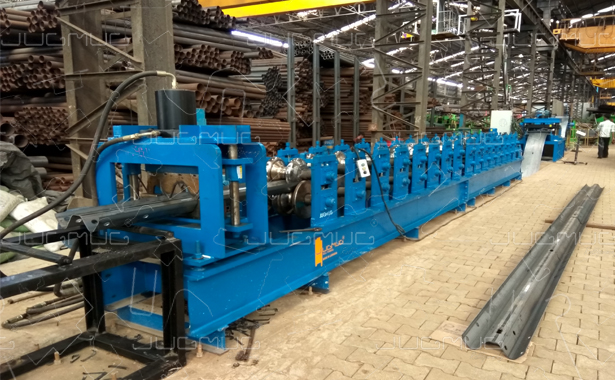Roll forming metal fabrication process is an umbrella term that applies to a wide range of sorts of metalworking measures.
Many aspects of our general public depend on roll forming metal fabrication, as this strategy makes items from walls to I-bars to mechanical machinery to aviation and automotive equipment.
Here, we’ve assembled an extensive outline of the metal fabrication process to assist you with learning some prescribed procedures in this field and how you can consolidate them into your next metalworking project.
What is the Roll Forming Process?
If roll forming metal fabrication and aluminum expelling got together and had a child, you’d get roll framing.
Roll forming resembles sheet metal creation where meagre level sheets of metal are twisted into a 3D shape. Yet, interestingly, these twists are framed steadily and persistently, so a consistent 2D cross-sectional shape comes out the opposite end like an expulsion.
Generally, other processes can be used to make the exact parts that are accomplished by roll forming. If extremely long lengths or high volumes are required, roll framing offers certain financial benefits and accompanies extraordinary dimensional unwavering quality.
What is the Production Process for Roll Forming?
With every one of the components for the completed part sorted out, the center movements to roll needed to carry that out into creation. The roll framing fabricating merchant commonly dictates this assignment.
The shape is coaxed from the beginning level strip into the final form by a progression of roller passes that are in a perfect world effectively close by in their stock.
Some specific highlights may require new or particular tooling to be bought and set up on the line.
What Is Roll Forming Metal Fabrication Process?
Roll forming metal fabrication is a specific assembling measure that converts metal sheets into functional parts for wanted finished results or the final results themselves.
The sheet metal creation measure includes four primary stages:
- Making blueprint for outline drafts
- Concluding the outlines through top to bottom examination and computations
- Creating the workpiece as per the drawings
- Completing the created item for business practicality
Producers can use a wide assortment of creating activities during the third and fourth periods of the metalworking cycle.
Roll forming metal fabrication tasks incorporate the concurrent processes:
Assembly: Assembly activities weld, tie, or use glues to combine metals and twist them as a pleated crease. Perhaps the most widely recognized approach to perform metal get-together tasks is bolting, which joins parts using metal pieces called bolts.
In some cases, manufacturers use spot welding, which welds covering metal pieces at vital focuses to combine them safely.
Bending: The bending cycle includes machining, collapsing, or stepping to shape metals into the ideal end shapes. Makers use various devices to make U-twists, V-twists, or modified curves as indicated by client determinations.
Edge conditioning: Edge conditioning refers to any complete interaction that produces uniform, streamlined edges.
For instance, numerous businesses use skiving tasks to produce smooth edges by executing burr evacuation measures.
